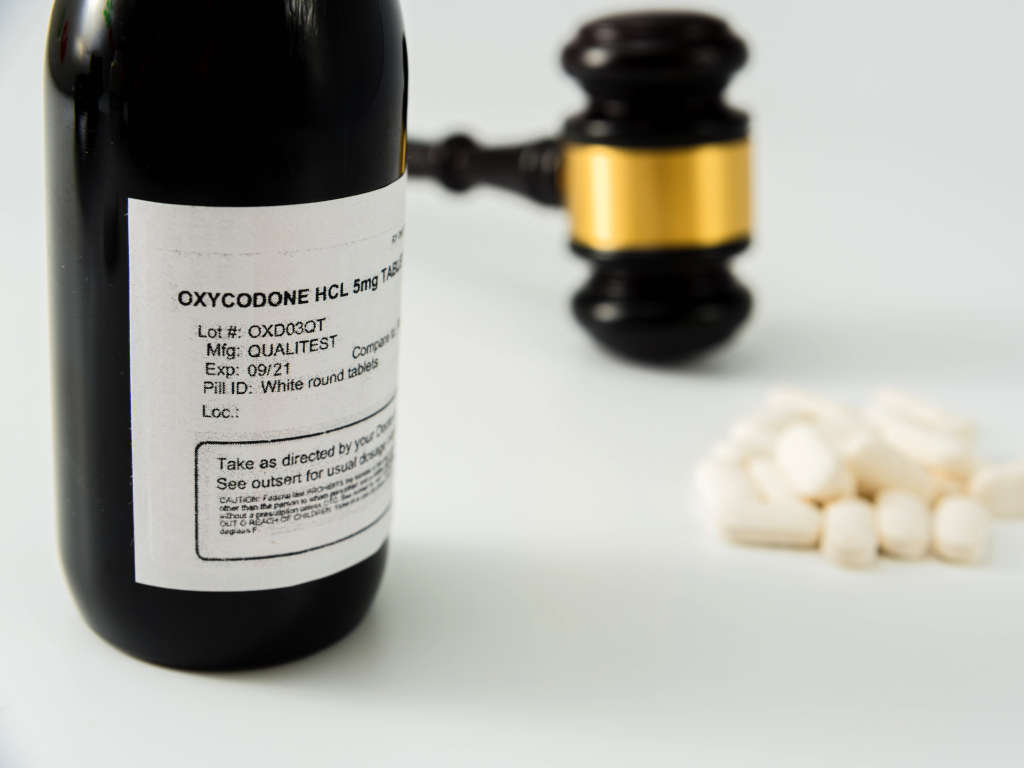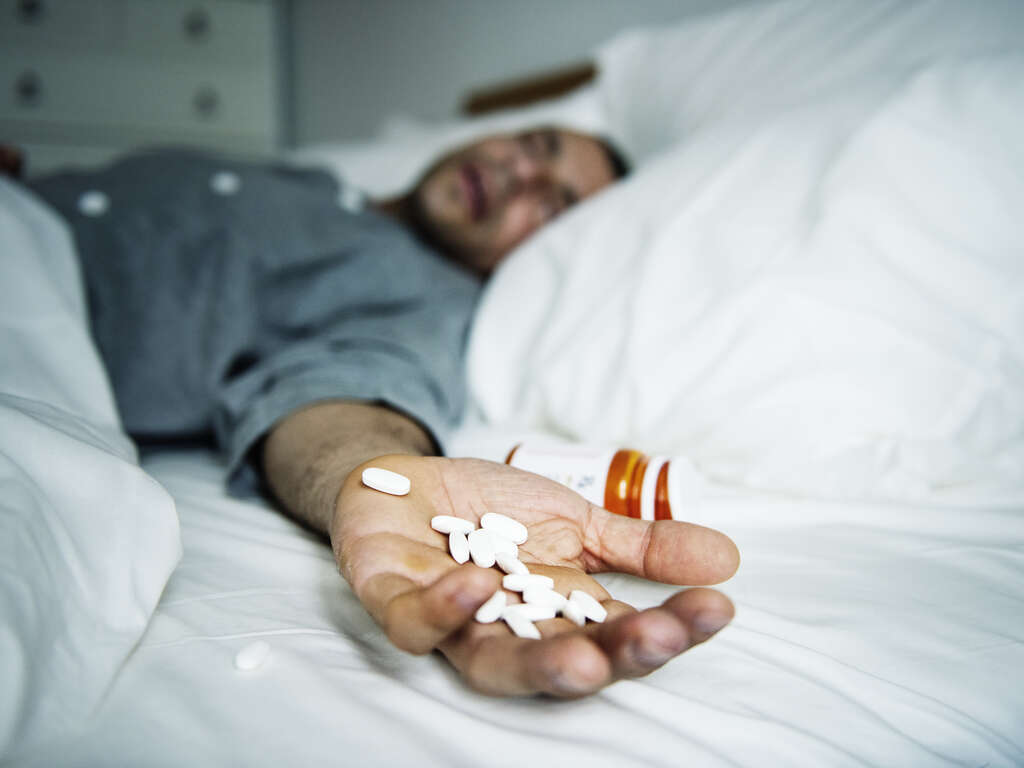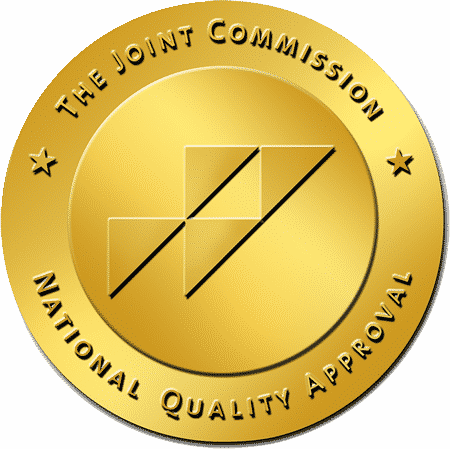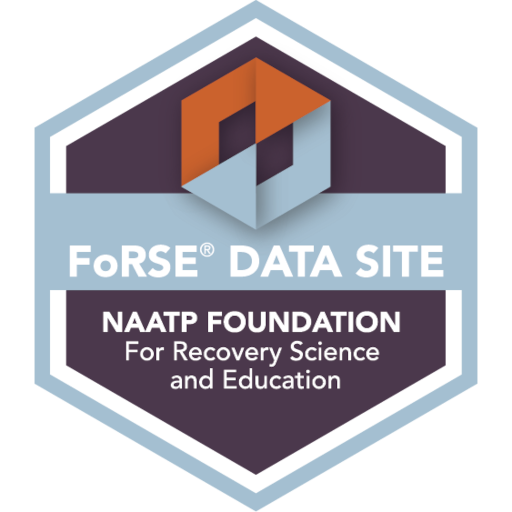What is OxyContin used for?
OxyContin is the trade name for a generic oxycodone hydrochloride narcotic developed and patented by Purdue Pharma in 1996 for long-term pain management.
An oral, controlled-release oxycodone that acts for 12 hours, OxyContin is the longest-lasting oxycodone available. The typical OxyContin dose prescribed ranges from two to four tablets per day compared to four to six tablets per day for those taking other opioids with shorter effective spans.
OxyContin was originally available in 10, 20, 40, and 80 milligram (mg) tablets. A 160 mg tablet was released in 2000. Two other oxycodone combination drugs, Percocet and Tylox, contain 5 mg of oxycodone and Percodan-Demi contains just 2.25 mg.
The strength, duration, and known dosage of OxyContin are primary reasons the drug is attractive to both abusers and legitimate users. OxyContin allows for lasting oxycodone plasma concentrations and administration is easier to manage than other forms of medication.
In addition to oxycodone, OxyContin contains the following inactive ingredients:
- Ammonio methacrylate copolymer
- Hypromellose
- Lactose
- Magnesium stearate
- Polyethylene glycol 400
- Povidone
- Sodium hydroxide
- Sorbic acid
- Stearyl alcohol
- Talc
- Titanium dioxide
- Triacetin
Due to Oxycontin being used for extended periods of time to treat chronic pain, the possibility of other medications being active at the same time is possible. Concomitant prescribing of opioids with benzodiazepines or other central nervous system (CNS) depressants, including alcohol, may result in profound sedation, respiratory depression, coma, and death.
Another negative possibility is an increase in Serotonin which enables the brain and nerves to function. When combined with Oxycontin, selective serotonin reuptake inhibitors (SSRI) and norepinephrine reuptake inhibitors (SRNI) can cause Serotonin Toxicity or Syndrome, a buildup of serotonin in the body. Too much serotonin can cause:
- Agitation/restlessness/confusion
- Rapid heart rate and high blood pressure
- Loss of muscle coordination, twitching muscles or muscle rigidity
- Heavy sweating, diarrhea, headache, shivering, goose bumps.
Other issues with OxyContin may include:
- Abdominal pain
- Breast disorders
- Urinary disorders
- Subcutaneous tissue disorders
What was OxyContin’s Role in the Opioid Crisis?

Purdue Pharma created an aggressive marketing campaign promoting OxyContin as a better pain treatment because it can be used long-term.
Slow-release oxycodone was thought to reduce the chances of drug dependency and pharmaceutical sales representatives were eager to sell the new OxyContin tablets. The US Food and Drug Administration (FDA) approved OxyContin in December 1995 because officials believed it would lead to less abuse.
Critics said the aggressive marketing persuaded doctors to prescribe opioids more liberally, helping usher in the deadly opioid crisis of the early 21st Century. Opioid overdoses have killed more than 500,000 Americans, according to the Centers for Disease Control and Prevention.
The FDA soon saw its downside. In July 2001 the federal agency ordered stronger warnings about the possibilities for misuse and abuse of OxyContin, and in January 2003 it issued an official warning to Purdue Pharma about its misleading advertising. The pharmaceutical giant became embroiled in major lawsuits and in 2019 sought bankruptcy protection because of judgements against the company. The legal conflicts are ongoing as of late 2021.
Use in Treating Severe Pain and Chronic Pain
Many people experience pain as a consequence of trauma. Car accidents, workplace injuries, accidents around the home and childhood emotional trauma are some of the usual sources. Pain relief can benefit the healing process. Pain control using prescription drugs is available and used frequently.
Pain medication comes in many forms, designed to treat pain in different manners. Some are slow-release tablets, designed to provide relief over an extended period. Generic drugs like immediate-release oxycodone, a non-branded version of OxyContin, are used as a rescue medication for the sudden manifestation of pain due to unexpected trauma.
Providing adequate pain relief can take other forms, such as oral morphine or OxyContin therapy treatments. Pain management thru injections might be required if the patient has difficulty swallowing or is unconscious. There are many different forms of prescription opioids and other medications for treating pain. Muscle relaxants can be beneficial to some trauma victims.
Chronic pain persists beyond normal healing time or pain that lasts more than three months. People who live with cancer may experience long-term pain but there is also chronic non-malignant pain. Brain and spinal cord injuries can result in a lifetime of pain. Cancer pain can take many forms. There are a variety of treatment options, some of them not involving OxyContin.
The Substance Use and Mental Health Services Administration (SAMHSA) often addresses the issue of using opioids for persistent pain. Some psychiatric disorders are found to cause persistent pain and healthcare professionals will diagnose long-term opioid therapy to help those who suffer. Tricyclic antidepressants have also proven to be beneficial. Monoamine oxidase inhibitors are highly effective treatments for depression, panic disorders, and social phobia but have known issues when combined with opioid treatments.
Oxycodone is not prescribed as sleeping pills, but its effect, particularly in higher doses, can promote drowsiness. All opioid preparations which affect the opioid receptors have the effect of a sedative, particularly when the anxiety of pain is relieved.
Withdrawal Symptoms from Opioids
Anyone who has taken prescribed opioids or found themselves with a substance abuse disorder can experience withdrawal symptoms.
Drug addiction is not just experienced by drug abusers but also by people who take the appropriate dose of prescribed opioid medications. Even a missed dose of time release tablets will begin the process of withdrawal as potent opioids create physical dependence.
It is recommended to reduce the dose gradually. Oxycontin prescriptions come in a variety of strengths which allows for this. Withdrawal syndrome is recognized by:
- Aches, pain, muscle spasms, twitching and tension
- Tremors and abdominal cramps
- Nausea, vomiting and diarrhea
- Anxiety, irritability, or restlessness
- Insomnia
- Hot flashes and chills
- Heart pounding
- Sweating
Long-term opioid treatment for chronic pain may in turn necessitate treatment for addiction to opioids. Different treatment centers address this issue in a variety of ways. If the prospective patient has a preference, it is best to discuss the methods offered with the admission specialist when considering treatment.
Mixing alcohol and OxyContin together can result in a reduction in breathing and heart rate that can make the taker feel sleepy, but it could also be a warning of a fatal overdose. When you drink alcohol and take oxycodone or strong medications like morphine, the combination can be life-threatening and dangerous. Combining alcohol with opioids can lead to side effects such as:
- Nausea and vomiting
- Irregular heart rate and rhythm
- Loss of consciousness
- Dehydration
- Changes in blood pressure
- Coma
- Respiratory arrest
- Cardiovascular instability
- Dizziness or loss of coordination
- Marked disinhibition
- Abnormal behavior
Any treatment using opioids can cause fatal respiratory depression, including oral oxycodone. Life-threatening respiratory depression is a danger and requires monitoring.
History of Opiates and Opioids

Derived from poppies which grow in many tropical climates, opium has the oldest storyline of the opiates. References to the highly addictive drug’s use for medicinal and recreational purposes fill human history.
Making money off the production and sale of opium also has a long history and has been the source of international friction.
In the 1700s, the British Empire conquered a portion of India and produced opium there that was in turn sold to Chinese drug users. Profits from opium sales were used to purchase silks and spices which were taken back to sell in Britain. Faced with increasing drug abuse, the Chinees sought to suppress the opium trade, leading to two mid-19th Century conflicts with European powers called the Opium Wars.
In the 1800s, a German scientist extracted the powerful drug morphine from opium. The new drug was about 10 times more powerful. By 1874, an English chemist further refined morphine into heroin, bringing about another tenfold increase in the power of the new drug.
All of the naturally produced drugs mentioned so far are opiates and are part of the opioid family. Not included in the opiates are opioids produced synthetically in attempts to refine the product, increasing its potency while reducing addictive effects.
Opioids produce the same effects as opiates, but some are produced synthetically. Semi-synthetic opioids include heroin, hydrocodone (Vicodin), oxycodone or oxycodone hydrochloride (OxyContin/Percocet).
Synthetic opioids include Methadone, Meperidine (Demerol),Tramadol (Ultram), Fentanyl (Duragesic, Sublimize) and Carfentanil.
Opioid Addiction
Addiction to opioids is a major problem in our society and OxyContin has played a major role in increasing raw number of opioid overdose cases.
Use of street drugs such as heroin was originally believed to be the source of this problem, but the availability of OxyContin tablets and other opioid analgesics has created an overdose pandemic in North America.
Opioids can cause the following symptoms:
- Severe respiratory depression
- Lower heart rates
- Confusion and agitation
- Drowsy/dizziness
- Physical dependency
- Neonatal opioid withdrawal syndrome
- Gastrointestinal disorders (liver, kidneys, stomach)
Treating Opiate Addiction at La Hacienda
The National Institute on Drug Abuse says substance abuse and the taking of a potentially fatal dose of illegal drugs cause more deaths, illness, and disabilities than any other preventable health condition.
La Hacienda Treatment Center specializes in the detoxification and rehabilitation process for those seeking a life free from substances abuse. We believe strongly in the 12-step philosophy and have seen it work for thousands who want to find freedom from addiction.
Our doctors and counselors are board-certified addiction medicine physicians and substance use disorder specialists. They guide both the patient and their family through treatment options and the recovery process. Meeting daily with patients, they focus on the physical, spiritual, and healing aspect of treatment, revealing new pain treatment options and ways to improve physical health. Members include psychiatrists to address mental health concerns (La Hacienda does not admit patients for treatment of mental disorders). Well-trained nurses are present 24/7, delivering superb care throughout the treatment program.
If you or someone you know is struggling with substance abuse, including opioids and other drugs, please phone (800) 749-6160 and begin the recovery journey. Experienced and knowledgeable admission specialists will calmly answer your questions and guide you toward a better tomorrow.

How to Tell if Someone is on OxyContin
Often a friend or relative is the only one who can help a person abusing OxyContin. Here are some signs and symptoms to watch for

OxyContin Overdose Symptoms
Overdosing on OxyContin can cause muscle damage, permanent brain damage or pneumonia. It is important for a person caring for someone using the prescription drug to know the overdose symptoms.

Opiates
Opiates are a class of medications that have a valuable role when appropriately prescribed to treat moderate to severe pain.




